Glazing tape is a special adhesive material for glass and other smooth surfaces, with excellent transparency and stickiness. It has a wide range of applications in construction, automobile manufacturing, electronic equipment, and home decoration. Below, Shanghai Toptape will give you a comprehensive guide to glazing tapes:
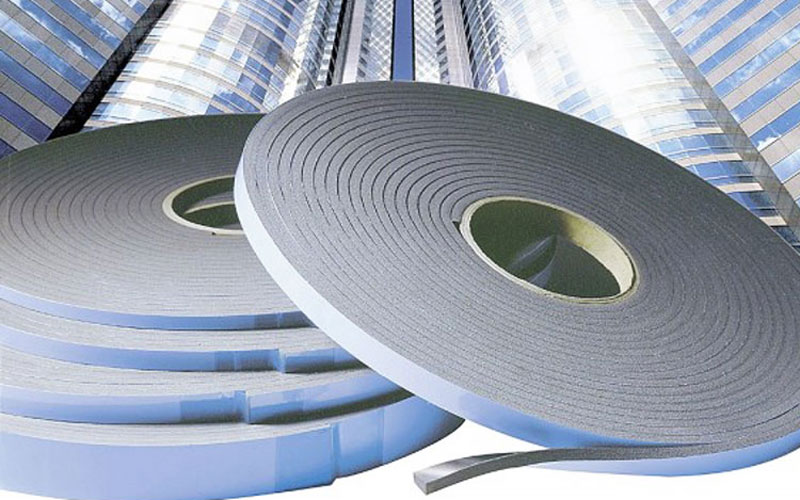
Table of Contents
What is glass tape?
Glass tape is a tape product with a transparent or translucent material as the base material and a high-viscosity adhesive coated on it. Its main design purpose is to provide solutions for those occasions that require beautiful and concealed bonding. Glass tape is often used on smooth materials such as glass surfaces and acrylic boards to ensure strong adhesion while not leaving any glue marks when disassembled.
Therefore, glass tape is widely used in home decoration, electronic equipment assembly, automobile manufacturing and other fields, especially for those applications that require high transparency and bonding effects.
Is glass tape a double-sided tape?
Glass tape can be divided into single-sided tape and double-sided tape. Single-sided glass tape is usually used for temporary fixation or surface protection of glass, while double-sided glass tape is widely used in application scenarios that require stronger and long-term bonding. Double-sided glass tape can be used to bond two smooth materials together tightly by applying adhesive on both sides. It is often used to fix mirrors, glass decorations or the installation of architectural glass structures. Therefore, according to different needs, single-sided or double-sided glass tape can be selected to achieve the best bonding effect.
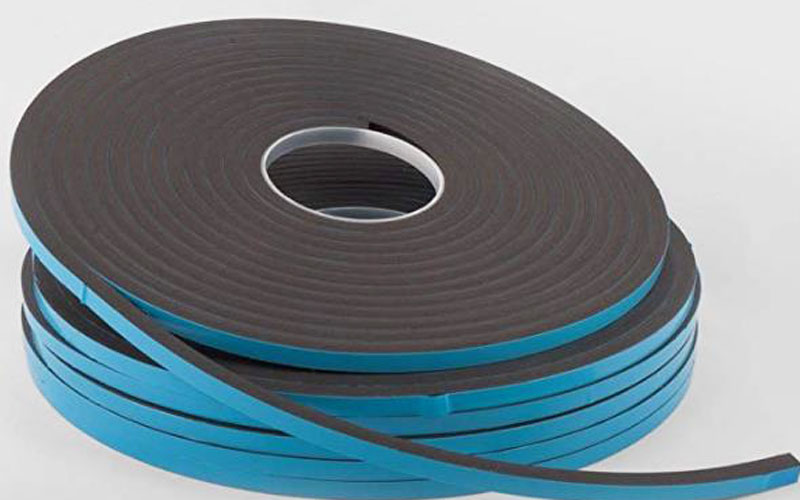
What is double-sided glass tape?
Double-sided glass tape is a tape product with adhesive on both sides, designed to fix two smooth surfaces together. Unlike single-sided glass tape, double-sided tape has a wider range of application scenarios and is particularly suitable for permanent fixing of smooth materials such as glass, acrylic, and metal. Due to its transparent or translucent characteristics, double-sided glass tape will not affect the appearance of glass after bonding, so it is often used for decorative materials, mirror installation, glass display cabinet splicing, etc. Double-sided glass tape has strong viscosity and can withstand a certain amount of weight and pressure to ensure a long-lasting and stable bonding effect.
What is the use of structural glazing tape?
Structural glass tape is a professional tape used for the installation of building curtain walls and structural glass. Its main function is to provide high-strength bonding force, which can fix the glass directly to the metal frame without using traditional mechanical fixing methods. Structural glass tape has strong tensile strength and UV resistance, and can withstand the challenges of the external environment for a long time, such as high temperature, UV rays, humidity, etc. Therefore, in the field of construction, especially in the installation of glass curtain walls, structural glass tape can not only improve the installation efficiency, but also ensure the overall beauty and safety of the building.
What is butyl glass tape?
Butyl glass tape is a sealing tape with butyl rubber as the main component, which is often used in occasions requiring high sealing and waterproof performance. Butyl tape has become an indispensable material in building structures such as windows and curtain walls due to its excellent air tightness, waterproofness and weather resistance. It performs particularly well under high humidity and extreme weather conditions, and can effectively prevent moisture and air penetration. Therefore, it is widely used in window sealing, car windshield fixing and roof structure waterproof sealing. Butyl glass tape also has good aging resistance and can maintain stable performance after long-term use.
What are the commonly used types of glass tape?
There are many types of glass tapes, including transparent glass tape, double-sided glass tape, structural glass tape and butyl glass tape. Transparent glass tape is usually used in places where appearance is high, such as glass decoration and home decoration; double-sided glass tape is suitable for applications that require permanent bonding, such as the installation of mirrors and glass partitions.
Structural glass tape is mainly used for the fixing of building curtain walls, with high strength and weather resistance; and butyl glass tape is designed for sealing and waterproofing, and is often used in windows, door frames and other places that require good sealing. Different types of glass tape meet different application requirements.
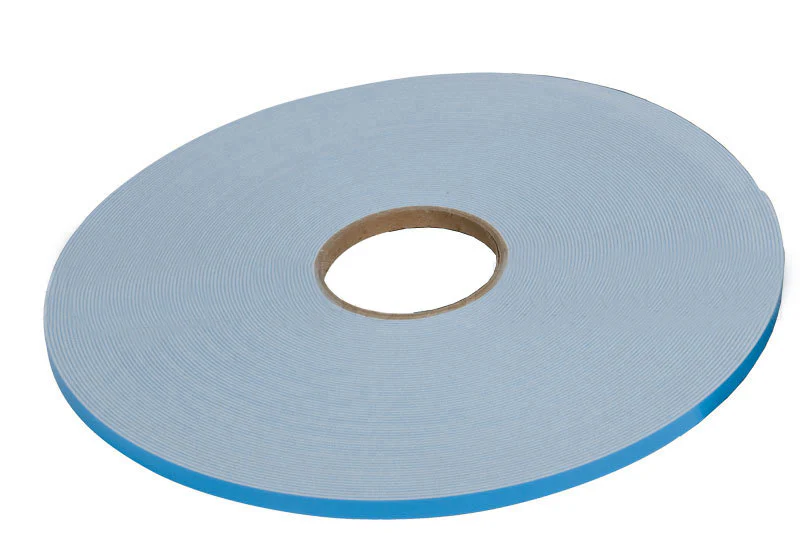
Where can glass tape be used?
The application range of glass tape is very wide, involving almost all glass-related fields. It can be used for the installation of building curtain walls, the fixing of car windshields, the bonding of glass in home decoration, and the bonding of screens in electronic devices. In addition, butyl glass tape is often used for sealing windows to prevent moisture and air from entering. Double-sided glass tape performs well in the fixing of mirrors and glass decorations. Whether it is industrial application or home decoration, glass tape has become an indispensable bonding material due to its high transparency and strong adhesion.
How thick should I use glass tape?
The thickness of glass tape depends on the specific use requirements and application occasions. Generally speaking, for light decoration and temporary fixation, thinner glass tape can be selected, usually with a thickness of 0.5 mm to 1 mm. For structural applications or occasions where a large weight needs to be carried, it is recommended to use glass tape with a thickness of 1 mm to 3 mm, which can provide higher support and stability. Glass tapes of different thicknesses have different tensile strengths and compression properties. Users need to consider the material, surface area and required bonding strength of the bonding object when choosing.
What are the main advantages of glass tape?
The main advantages of glass tape include high transparency, strong adhesion, durability and no residual glue. Due to its transparent or translucent substrate, glass tape has almost no effect on the appearance of the glass after application, and is suitable for those occasions that require beautiful and concealed bonding. In addition, it has strong adhesion, can be firmly attached to smooth surfaces, and is not easily invalidated by changes in the external environment. Glass tape also has good durability and can be used for a long time without aging or discoloration. Most importantly, it will not leave residual glue on the surface when disassembled, ensuring ease of use and cleanliness.
How does glass tape work?
The working principle of glass tape is based on the intermolecular adsorption force between the high-viscosity adhesive coated on its surface and the surface of glass or other smooth materials. When the tape is in close contact with the surface, the sticky molecules in the adhesive layer interact with the tiny concave and convex points on the surface to form a strong bonding effect. The adhesive of glass tape is usually made of acrylic or rubber materials, which not only have good adhesion, but also can maintain its bonding effect under various environmental conditions. Therefore, whether in high temperature, low temperature or humid environment, glass tape can provide stable bonding.
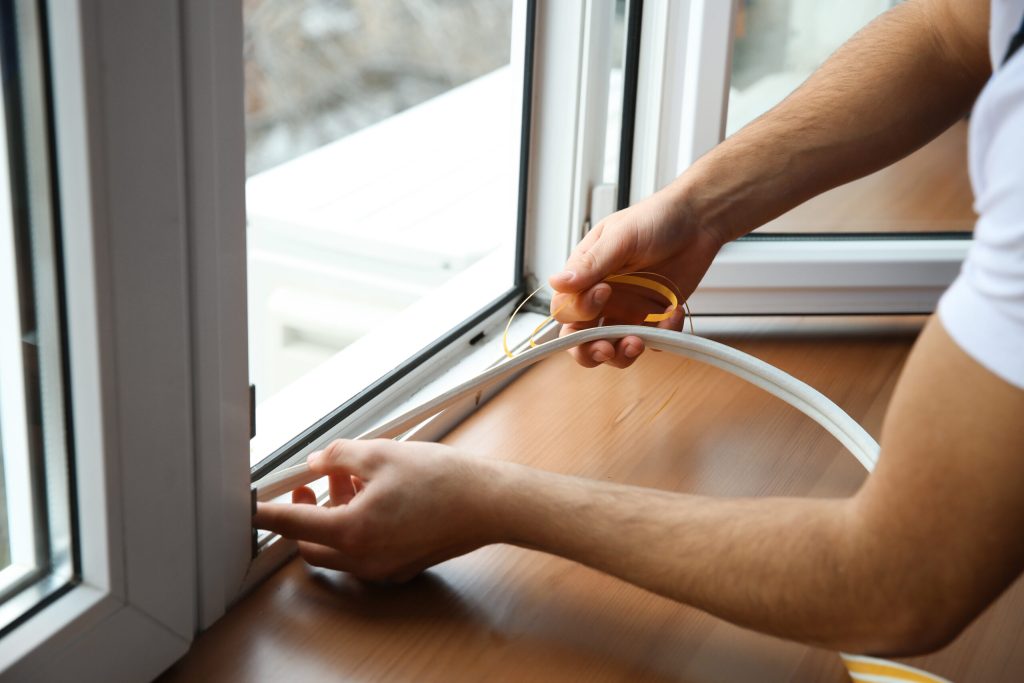
Why use glass tape?
There are many reasons to use glazing tape. First, it provides a non-destructive bonding method that does not require drilling or screws, avoiding physical damage to glass or other smooth materials. Second, glass tape has a high degree of transparency, which can maintain the beautiful appearance of glass, especially suitable for decoration and display occasions. In addition, glazing tape for windows is simple and quick to use, without the need for special tools and skills, and can be easily operated even by non-professionals. Finally, its strong adhesion and durability ensure the firmness and long-term stability of the bond.
How much compression does glass tape have?
The degree of compression of glass tape mainly depends on its substrate and application scenario. Generally speaking, structural glass tape has low compression, ensuring that it can provide sufficient support and stability for applications that need to withstand large loads. Butyl glass tape has a certain degree of compression and flexibility, which can adapt to slight deformation of irregular surfaces to ensure bonding and sealing. Choosing the right compression level can ensure that the tape can perform best in specific applications.
How strong is glass tape?
The strength of glazing tape mainly depends on its substrate and adhesive selection. Structural glass tapes usually have very high tensile strength and tear resistance, and can withstand the weight of building curtain walls or large glass structures. Although the strength of double-sided glass tape is relatively low, it is sufficient for daily mirror installation, glass fixing and other applications. In addition, the shear strength and peel strength of glass tape after bonding are also very important. These properties determine the stability and reliability of the tape in long-term use. Therefore, choosing glass tape with appropriate strength is crucial to ensure the application effect.
What is the width of glazing tape?
The width of glass tape varies according to different application requirements. Generally, the width of glass tapes available on the market ranges from a few millimeters to a few centimeters, and the most common specifications are 10 mm, 20 mm and 50 mm. The choice of width depends on the area of the bonding surface and the required bonding strength. For larger areas of bonding objects, such as glass walls or mirrors, wide tapes can be selected; while for small areas of delicate bonding occasions, such as electronic screens or decorative frames, narrower tapes are more suitable. In addition, users can also customize glass tapes of different widths according to their needs to meet specific application requirements.

Is glazing tape waterproof?
The waterproof properties of glass tape vary depending on the type. Most glass tapes, especially butyl glass tapes, have good waterproof properties and are suitable for use in places such as windows, door frames and curtain walls that require waterproof sealing. The butyl rubber material of butyl tape is extremely weather-resistant and airtight, which can effectively prevent moisture penetration. Although other types of glass tapes are not designed for waterproofing, they can still provide some moisture protection in general indoor applications. Choose glass tapes with waterproof properties to ensure long-term stability of the bonding effect, especially outdoors or in high humidity environments.
How sticky and durable is glazing tapes?
Glazing tape has very strong adhesion and can adhere firmly to smooth surfaces such as glass, acrylic or metal surfaces, and it is not easy to fail due to changes in time or environmental factors. Glass tape is also very durable, especially in environments with high and low temperatures, humidity and UV exposure. Its special adhesive formula makes it not age, discolor or lose its stickiness after long-term use. Therefore, glass tape is an efficient and reliable bonding material suitable for use in various harsh environmental conditions.
How does glass tape perform in different environments?
The performance of glass tape in different environments depends on its material properties and adhesive formula. For high-temperature environments, structural glass tape and butyl glass tape perform particularly well, and they can withstand temperatures up to 150°C without affecting the bonding effect. In low-temperature environments, the low-temperature performance of some glass tapes enables them to maintain good adhesion in an environment of around -30°C.
In addition, glass tape is also very weather-resistant in humid and outdoor environments, especially butyl tape, which can effectively block the erosion of water vapor and moisture. Therefore, whether it is extreme weather conditions or special environments, glass tape can maintain the stability and reliability of its bonding performance.

Are there specific product specifications?
The product specifications of glass tape usually include key parameters such as tensile strength, peel force, thickness, etc. Tensile strength is a measure of the tape’s ability to resist pulling, with common specifications ranging from 20 to 60 N/cm; peel force indicates the bond strength between the tape and the substrate, usually 1.5 to 3.0 N/cm. In addition, the thickness and width of glass tape can also be customized according to user needs. Understanding these product specifications can help users choose the right glass tape to meet specific application needs and performance requirements.
How to use glazing tape on windows?
When using glass tape on windows, first make sure that the bonding surface is clean, dry and dust-free. Choose the right butyl glass tape for sealing, and it is recommended to use it on the edge of the window to prevent moisture and air penetration. After cutting the tape to the required length, press it evenly along the edge of the window frame to make it fit tightly to the surface. It should be noted that during installation, make sure there are no bubbles or gaps to avoid affecting the sealing effect. By using the right glass tape, the window can not only obtain good sealing performance, but also improve the overall waterproof effect.
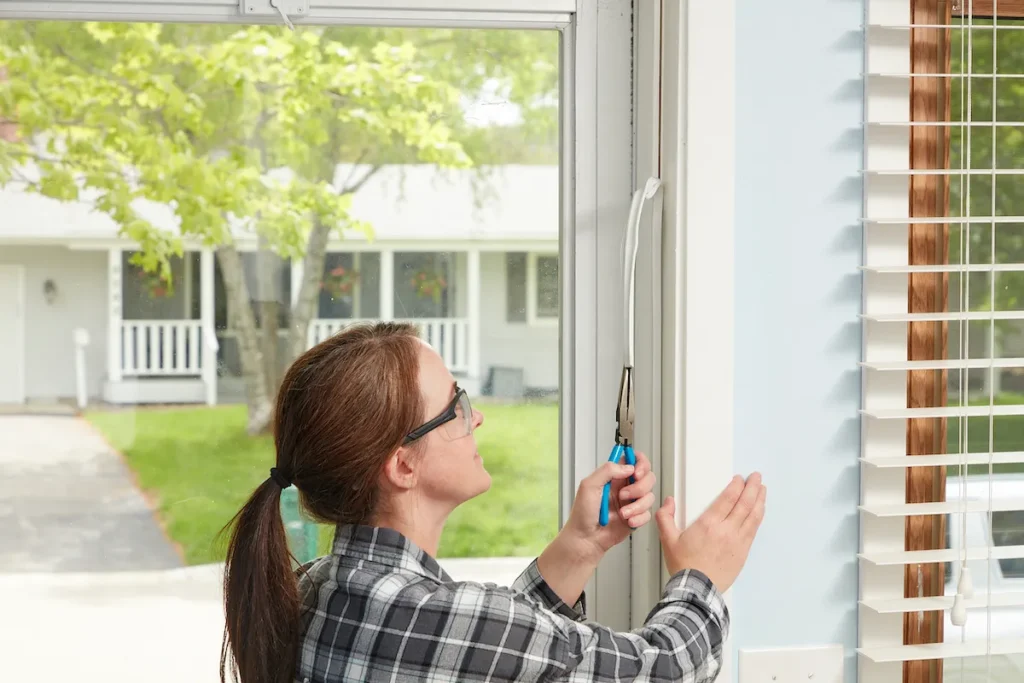
Glazing tape is a versatile, transparent and strong adhesive material suitable for a variety of applications. Different types of glass tapes, such as double-sided tapes, structural tapes, and butyl tapes, each have their own unique uses. From home decoration to industrial applications, glass tapes have become a highly competitive bonding solution on the market with their excellent adhesion, transparency, and durability. When choosing the right glass tape, understanding its specific specifications, application scenarios, and operation methods will help achieve the best results.





